Hi there, pet lovers! 🦗
For those seeking a pet that’s low-maintenance, fascinating, and downright unique, the Madagascar hissing cockroach (Gromphadorhina portentosa) might just be the ultimate choice. Often misunderstood, these insects are clean, hardy, and surprisingly interactive, making them a standout option for beginners, educators, and seasoned exotic pet enthusiasts alike.
In this detailed review, we’ll explore everything you need to know about keeping hissing cockroaches—from their behavior and care requirements to their cost and availability. Whether you’re looking for a classroom pet, a conversation starter, or just an easy-to-care-for critter, this guide will help you decide if these insects are the right fit for you.
Overview
Madagascar hissing cockroaches are large, wingless insects native to the forests of Madagascar. Known for their distinctive hissing sound (produced by expelling air through specialized spiracles), these roaches are docile, easy to handle, and incredibly resilient. Here’s a quick summary of what makes them special:
- Handling and Temperament: Gentle, slow-moving, and safe to handle—though they may startle with their hiss.
- Care and Maintenance: Extremely low-maintenance; thrive in simple setups with minimal upkeep.
- Health and Durability: Exceptionally hardy and resistant to neglect.
- Availability: Widely available from breeders, pet stores, and online sellers.
- Cost: One of the most affordable pets to buy and maintain.
- Overall: An ideal pet for those who want something unusual, educational, and hassle-free.
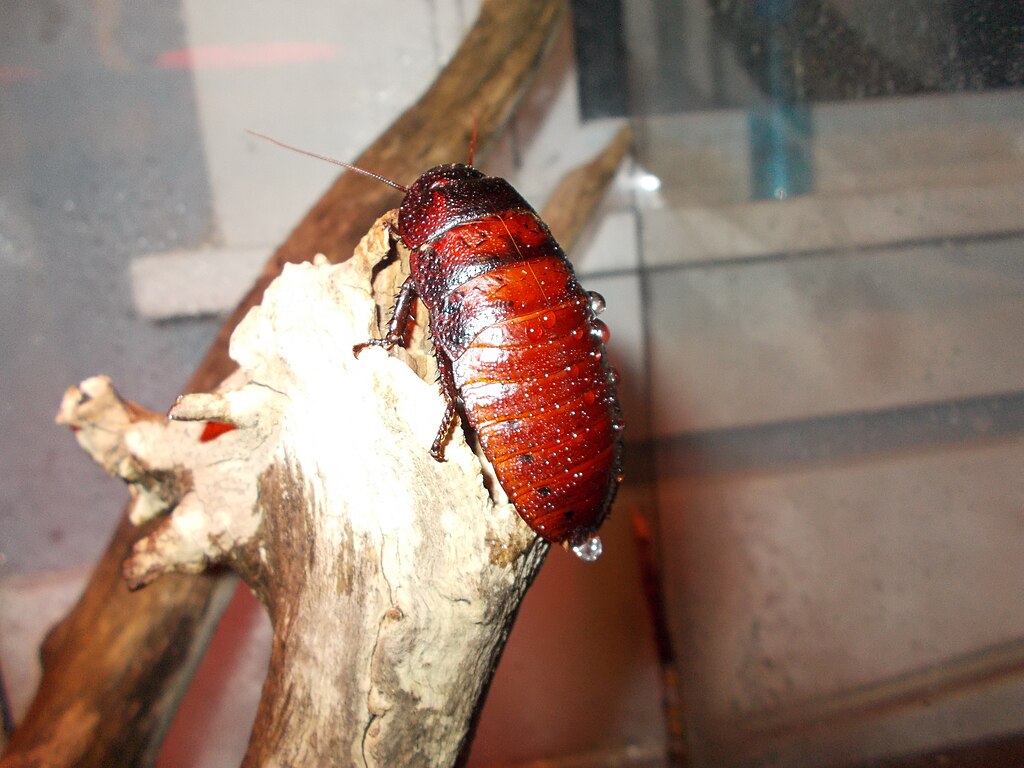
Why Choose a Giant Hissing Cockroach?
If you’re looking for a pet that’s inexpensive, easy to care for, and endlessly intriguing, hissing cockroaches are a fantastic option. Unlike many insects, they live for several years (typically 2-5 years), are safe to handle, and don’t require specialized lighting or heating.
They’re also excellent for educational settings, helping to dispel myths about cockroaches while teaching responsibility. Plus, their unique hissing behavior makes them a great conversation starter—though be prepared for some shocked reactions!
Handling and Temperament
One of the biggest surprises about hissing cockroaches is how docile and easy to handle they are. Unlike pest roaches, these insects are slow-moving, non-aggressive, and lack wings, making them far less intimidating.
Personality and Behavior
- Most hissers are calm and tolerate handling well, though they may hiss if startled.
- They do not bite and are harmless to humans.
- Their tarsal claws (tiny hooks on their feet) allow them to grip surfaces, but they won’t scratch.
- Unlike many insects, they don’t jump or dart away, making them less likely to escape.
Handling Tips
- Support their body fully when picking them up to avoid stress.
- Avoid sudden movements, as they may hiss in response.
- Supervise young children when handling, as roaches can be injured if squeezed.
- If dropped, their hard exoskeleton usually protects them from harm.
Do They Hiss Often?
Hissing is their primary defense mechanism, but they typically only do so when:
- Startled (e.g., sudden movements).
- Males competing for dominance.
- Handled roughly.
The sound is more surprising than alarming—think of it as their way of saying, “Hey, be gentle!”
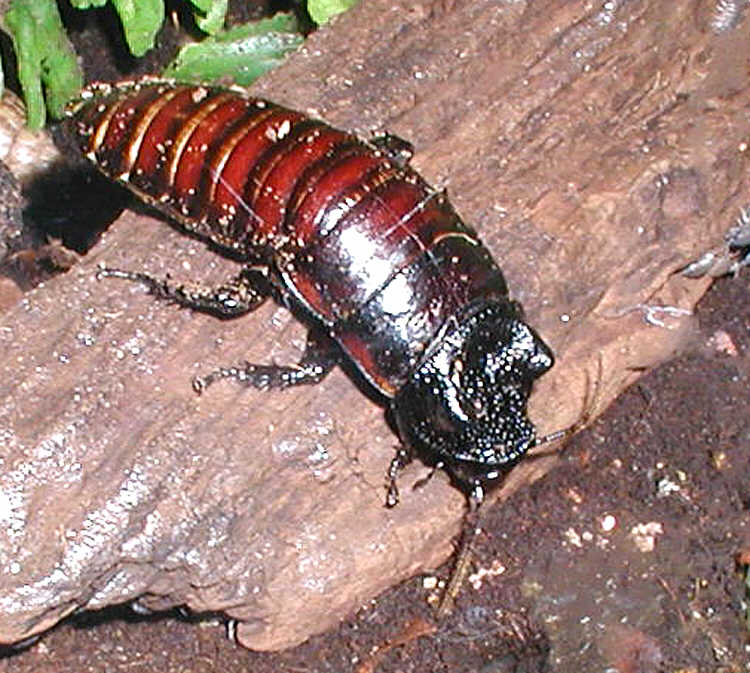
Care and Maintenance
One of the biggest advantages of hissing cockroaches is their minimal care requirements. They don’t need UVB lighting, precise temperatures, or expensive enclosures—making them one of the easiest pets to keep.
Enclosure Setup
- Tank Size: A 10-gallon tank can comfortably house 5-10 roaches.
- Substrate: Coconut fiber, peat moss, or paper towels work well (avoid cedar/pine).
- Hiding Spots: Use egg cartons, cork bark, or toilet paper rolls for shelter.
- Climbing Needs: They can climb glass, so a secure lid is a must.
Temperature & Humidity
- Ideal Temperature: 70-80°F (room temperature is fine; no heat lamp needed).
- Humidity: Moderate (50-70%)—light misting every few days helps.
Feeding
- Diet: Omnivorous—they eat fruits, vegetables, dry dog/cat food, and leafy greens.
- Feeding Schedule: Every 2-3 days (remove uneaten food to prevent mold).
- Water: Provide a shallow dish with a sponge to prevent drowning.
Cleaning
- Spot-clean waste regularly.
- Full substrate changes every 1-2 months.
Health and Durability
Hissing cockroaches are incredibly resilient, but they still need proper care to thrive.
Common Health Issues
- Dehydration (if humidity is too low).
- Mold growth (from excess food or damp substrate).
- Injuries (if dropped or handled roughly).
Preventative Care
- Maintain humidity with occasional misting.
- Avoid overcrowding to reduce stress.
- Provide a balanced diet for optimal health.
With good care, these roaches can live up to 5 years—sometimes longer!
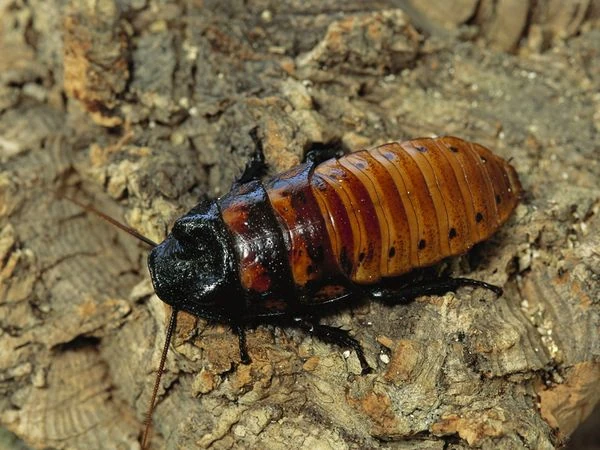
Availability and Cost
Where to Buy
- Breeders (best for healthy, well-cared-for roaches).
- Reptile Expos (great for seeing them in person).
- Online Retailers (convenient, but check reviews).
- Pet Stores (less common, but some carry them).
Cost Breakdown
- Roaches: $2 to $15 each (depending on size and rarity).
- Enclosure: $10 to $30 (plastic tubs work fine).
- Food & Substrate: $5 to $10/month (very inexpensive).
Pros and Cons
Pros
✅ Extremely low-maintenance.
✅ Safe and easy to handle.
✅ Affordable to buy and keep.
✅ Educational and unique.
✅ Long lifespan for an insect (2-5 years).
Cons
❌ Hissing may startle some people.
❌ Not “cuddly” (they’re insects, after all).
❌ Some places restrict ownership.
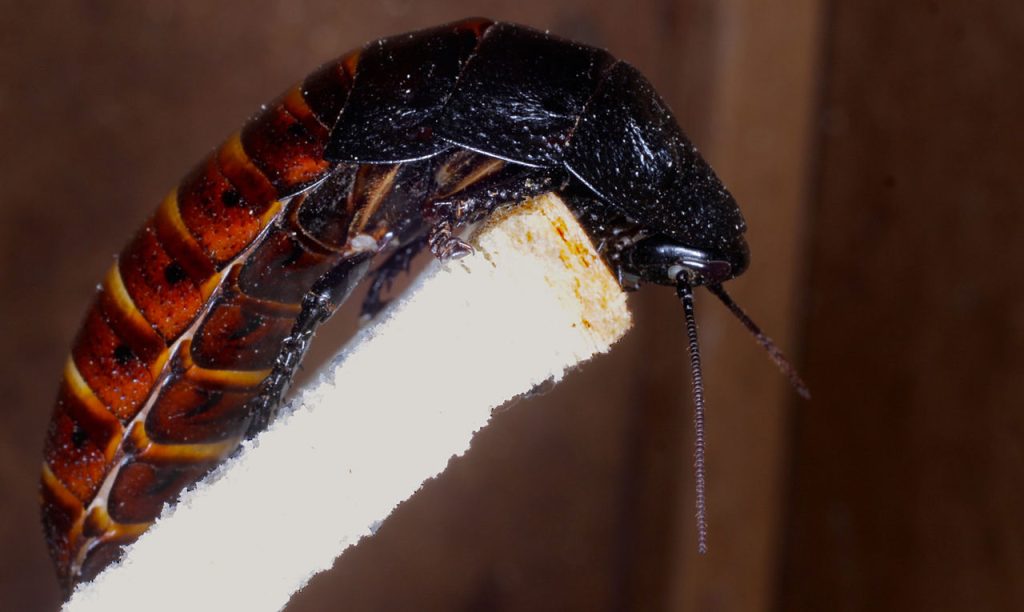
Final Thoughts
The Madagascar hissing cockroach is a fantastic pet for those who want something unusual, low-effort, and educational. While they may not be as “adorable” as a crested gecko, their hardiness, affordability, and ease of care make them a top-tier choice for insect enthusiasts.
If you’re ready to challenge stereotypes and try something truly unique, these roaches might just be your perfect match!
Have you kept hissing cockroaches before? Share your experiences in the comments!
For more exotic pet guides, stay tuned—we’ll be covering even more fascinating creatures soon! 🦗

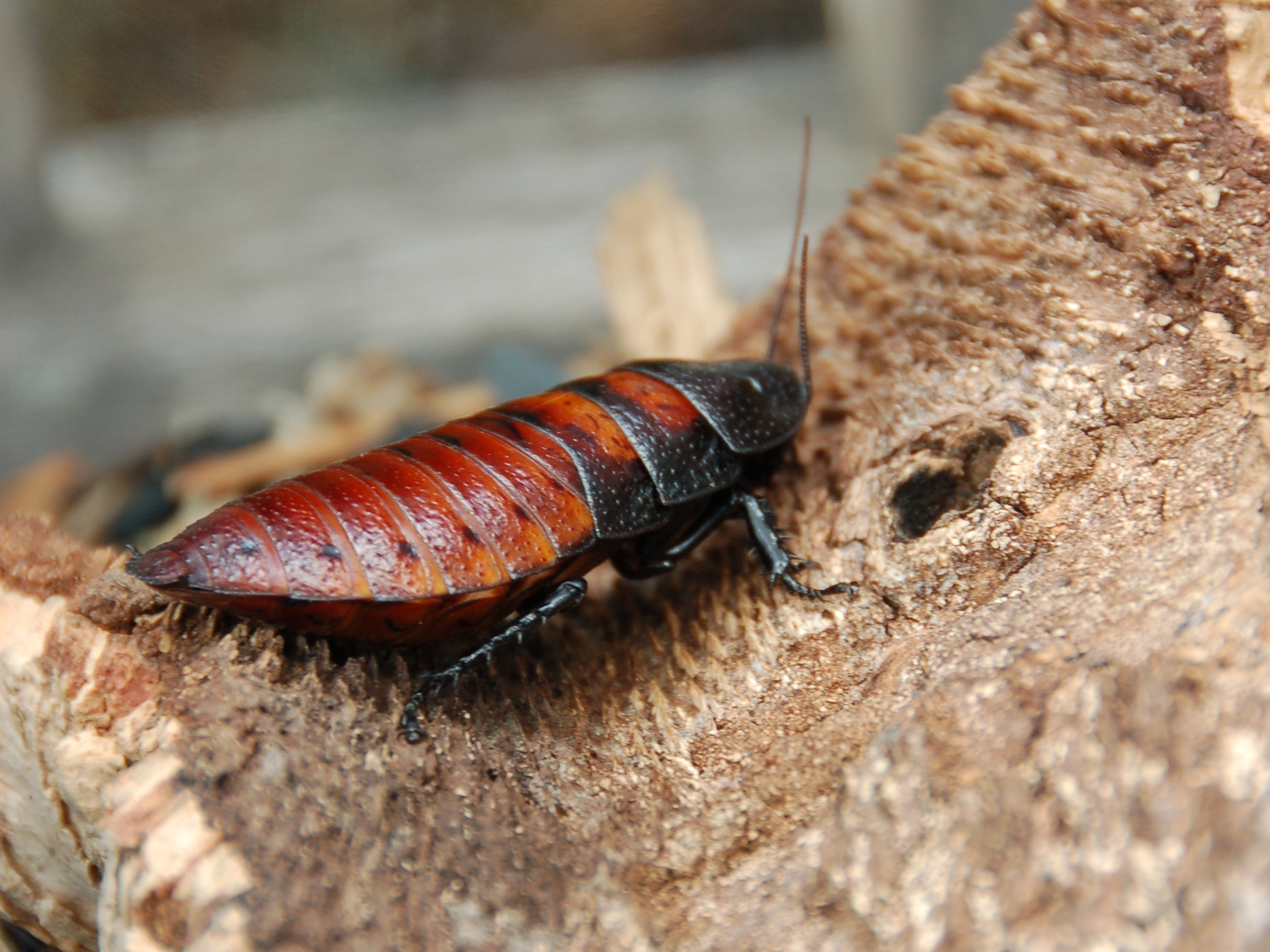


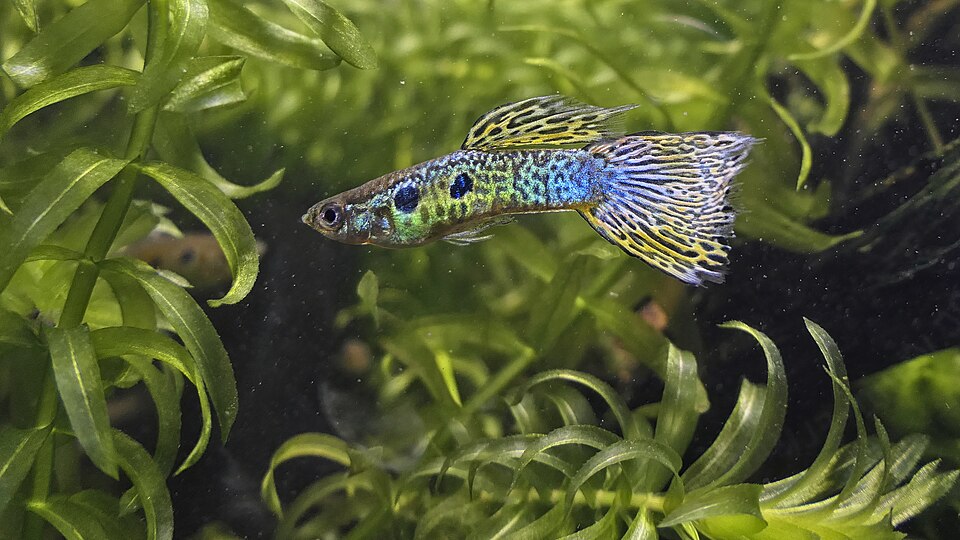
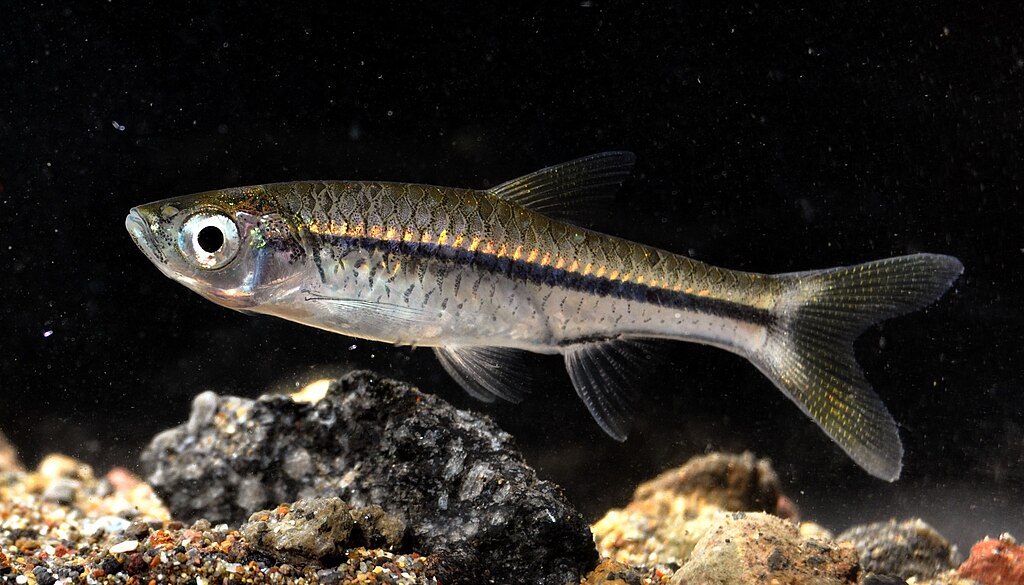
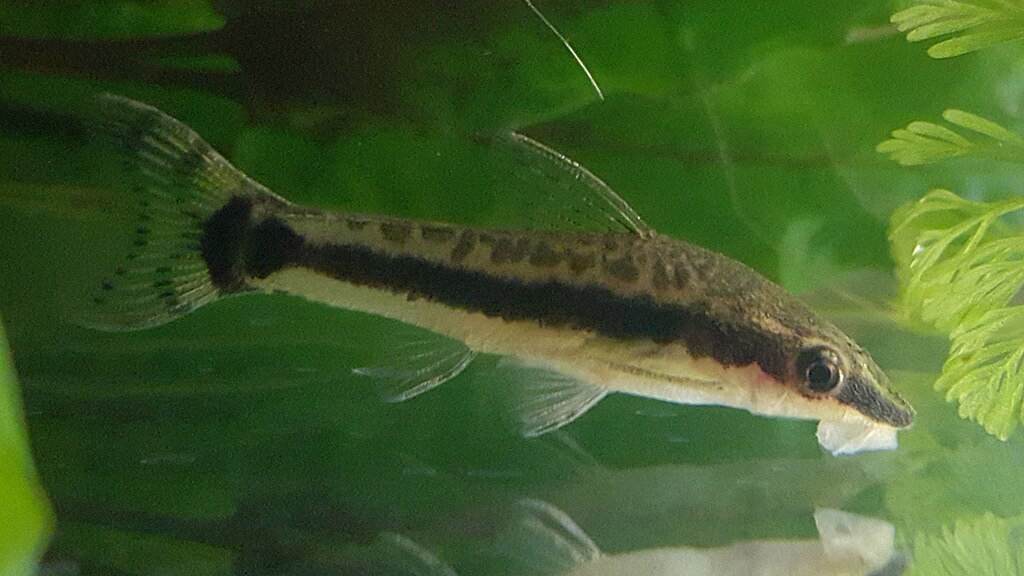

Leave a Reply